The real Key West wildlife
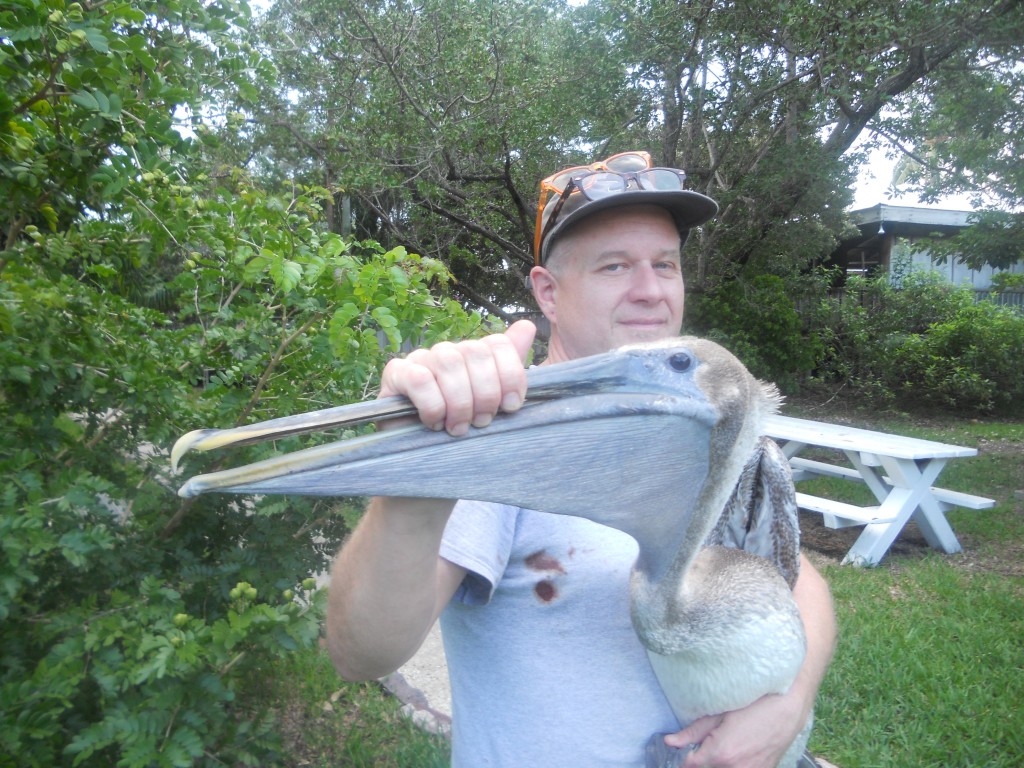 Thomas Sweets and a wayward brown pelican from the Carolina Coast. The bird was tagged as a baby in the Carolinas and the young pelicans often get dehydrated on their first flight from home. (Dave Hoekstra photo) KEY WEST, Fla.–The most serene spot in this once remote island on the southern tip of Florida is suddenly disturbed. Thomas Sweets is rushing through his small clinic carrying a large turkey vulture as if he was rescuing a baby from a fire. The bird’s squawking and the bitter stench recalls the halcyon ambiance at the Green Parrot, the former dive bar up the road. Sweets is executive director of the Key West Wildlife Center. The fenced park is on eight acres acres of land near the White Street Pier and the Atlantic Ocean on the south end of Key West. The park is landscaped with mahogany trees, gumbo limbos and indigenous plants that grow along winding walking paths. The center rescues and rehabilitates sick or injured native wildlife from mile marker 0 to mile marker 15, towards Miami, including wild birds, sea turtles, land turtles and land and marine mammals. I’ve been to Key West at least 15 times over the past 30 years and never came across the center until last month. I was interested in the learning more about the increase in pelican pouch slashings in the Middle Keys (not in Key West.) In January several brown pelicans were found with cuts down the length of their pouches and throats. This enables fish to slip out, leaving the bird unable to eat. But by hanging around the center for an afternoon I also found what may be my new favorite spot on the island, the center’s quiet turtle pond enhanced by the Florida Keys Audubon Society. The pond –which is part of a natural swale–contains gambusia fish, (they eat mosquito larvae), a rare Florida mud turtle and a Peninsula cooter turtle. The pond is surrounded by Saw Palmetto palms and a majestic Pigeon Plum tree that was filled with white ibis (wading) birds. I sat on a bench and just took everything in. Stress floated out. 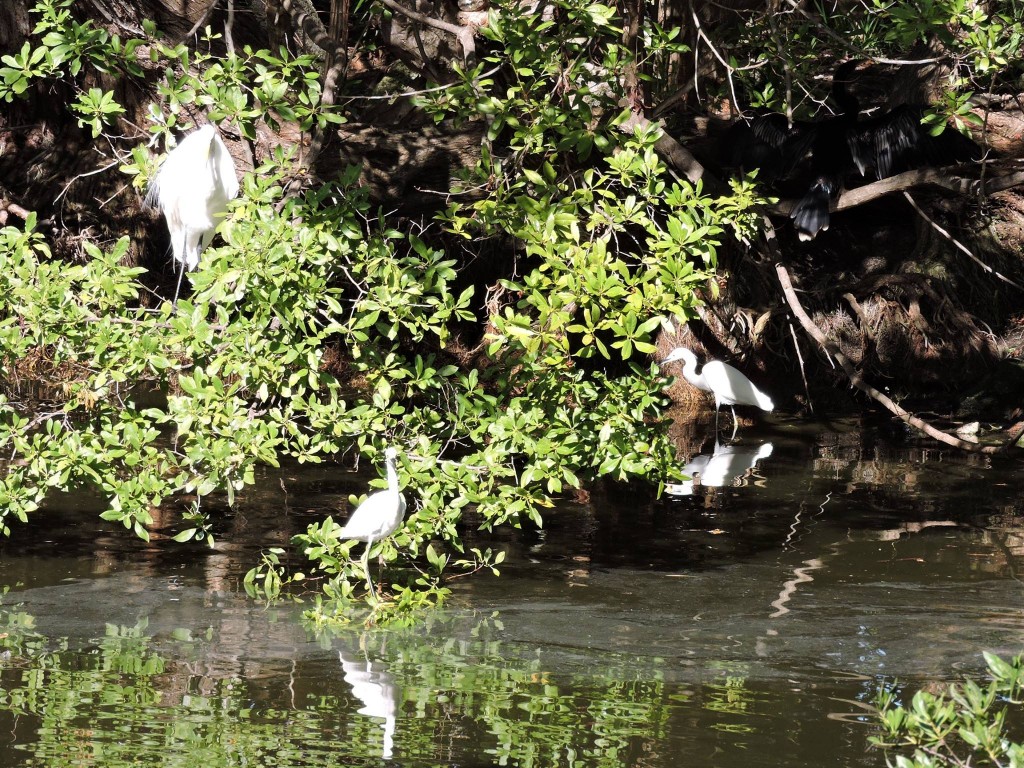 Key West Wildlife Center pond–I was so lost in the moment I forgot to take a pix so this is courtesy of Thomas Sweets The center consists of more than 100 species of trees native to the Florida Keys. The center is a non-profit that consists of a two person operation: Sweets and certified wildlife rehabilitator Peggy Coontz, former director of the Blue Ridge Wildlife Center in Millwood, Va (2004-08). They are assisted by dozens of volunteers. The sunny center is on the Charles “Sunny” McCoy Indigenous Park. McCoy is a former mayor of Key West (1971-81), who in 1978 water skied from Key West to Cuba. The land used to belong to the U.S. Dept. of Interior and they deeded it to the City of Key West with the provision that the park never would be sacrificed for development. Sweets and Coontz came on board with the non-profit in 2011. The center does get funding from the City of Key West to rescue sick chickens, which are a protected feral population. There is no admission charge to the park. The stressed out turkey vulture had been knocked into the water and rescued by a boater. Within 24 hours Sweets and Coontz dry out the bird, get him warm and give him food. Sweets is taking the vulture to the large wild bird aviary for flight testing as I stumble in the clinic. The aviary is covered with shade cloths because the center is not allowed to openly display birds they are treating to return to the wild. The U.S. Fish and Wildlife and Florida Fish and Wildlife Conservation Commission (FWC) want the birds to be as wild as possible. “We focus on birds,” Sweets says with egrets fighting over territory in the background. “We get lots of raptors, songbirds in the spring and fall migration. The white crown pigeon is unique to the Keys. They move in a circular pattern throughout the Caribbean and Key West is sort of at the northern end. This park is the real jewel. It’s one of the last stands of upland scrub habitat left on the island. For birds coming through Florida south for the winter or north for the spring, the Florida Keys act like a migratory choke point. So this park sees a lot of heavy action. Through loss of habitat there’s not as many places for these birds to fuel up. From Key West they have 90 plus miles of open water to Cuba. Especially the hawks. You’ll see Cooper’s Hawks, Red Shouldered Hawks, Peregrine Falcons. We get a lot of those in the Keys. Listen. Now. You can hear a broad-winged hawk calling. That’s a hawk that’s actually moving through the park on migration. That’s what we’re talking about.” Sweets, 47, looks like a smiling “Ghostbusters” era Bill Murray and his get-it-done energy seems familiar. It always comes back to Chicago. Sweets graduated with a degree in painting from the Art Institute of Chicago. He worked as a paper conservator at the Graphic Conservation Company in Chicago. “I was actually sent to Key West on an art related job,” says Sweets, who grew up in St. Louis. “And I started volunteering here. My real passion grew when I took over the rescues. It’s exciting. You never know where you’re going. One moment you may be on a Navy ship, the next moment you’ll be in somebody’s little shack.” Sweets says the center is set up as a field hospital for wild birds. He uses the same eye for landscape detail he learned in the art world to help his animals. He explains, “We can handle basic stabilizations, broken wings, we get a lot of dehydration. Entanglement. If we get something that requires surgery we work with veterinarian clinics. “The pelicans are an unfortunate situation. Some have been slashed in the middle keys or even as far as Miami but we haven’t seen any here. It’s an open FWC case so they are trying to get leads. In the four years we’ve been here we’ve only seen a handful of cases like this. We do get a lot of pelicans that are fed bone and fish carcasses and that can tear up a pouch as well.” No one knows who is slashing the pelicans. It could be frustrated fishermen, it could be a nut case or a bored kid. Pelicans do smash and grabs on bait fish. “Pelicans eat fish up to about eight inches long,” Sweets says. “We get a lot of pelicans migrating at this time of year. They’re hungry. They will dive on fishing lines repeatedly. Maybe someone gets frustrated about that and vents it, although I can’t say that for sure. We count on fishermen a lot. They’re out on the water and they bring us injured birds. “People don’t understand that sometimes even a sea bird that gets knocked in the water can cause problems. They keep themselves covered in oil from their glands and that keeps them waterproof. But once even a waterproof bird is knocked into the sea water that will degrade the protective coating on their feathers and eventually make these birds waterlogged. At that point they can’t remove themselves from the water. They’ll just drift until somebody finds them or they wash up on a shore. We certainly don’t see a mutilation of birds on a regular basis.” Our conversation is interrupted by a phone call. A double-crested cormorant has been found on the side of U.S. 1, just outside of Key West. “Somebody stopped and picked him up and now he is inside a tattoo parlor,” he says. Sweets leaves, runs out of the clinic and jumps into his Ford F-150 rescue truck to fetch the bird. Sweets first visited Key West in the 1970s when he was 11 years old. His family took a trip to the island. “My father was a closet writer,” he says later. “He liked to some down here and see where all the writers came (Philip Caputo, Ernest Hemingway, Tennessee Williams, more recently the late Robert Stone). It was a real different place back then.” Key West is now swarming with condos, fancy restaurants, big hotels and cruise ship visitors. A Waldorf Astoria has now opened next door to my beloved Southernmost Hotel in the United States. How does the growth on the two mile by four mile island effect the wildlife? “We’re fortunate we have the (National Oceanic and Atmospheric Administration’s Florida Keys National) marine sanctuary,” he replies. “That does a good job of giving wildlife places to feed directly around the island. There has been development and we’ve lost a lot of habitat areas but if you look at something like the raptors, our numbers are looking good at least in the last couple years. We hold the sea turtle permit for Key West as well and sea turtle hatchings are up. “One of the biggest issues we have here are the non-native species. A lot of animals like green iguanas that used to people’s pets were released and they cause a problem.” The green iguana, for example, will eat a lot of floral on the island, which decreases the number of butterflies. Sweets explains, “We have a decline in butterflies and hummingbirds. We have to be careful that future planning takes all our animals in account. It is the future of the Keys. “The economy is the environment.” |

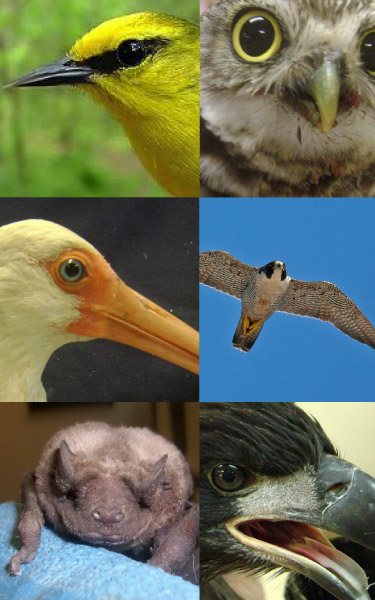
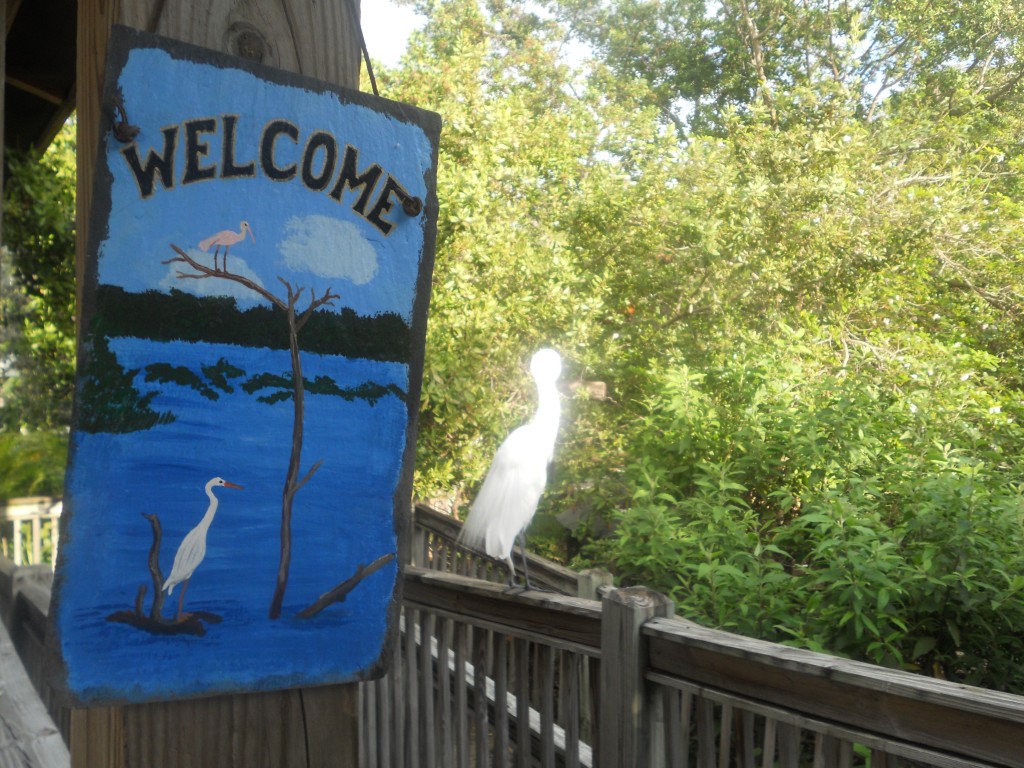
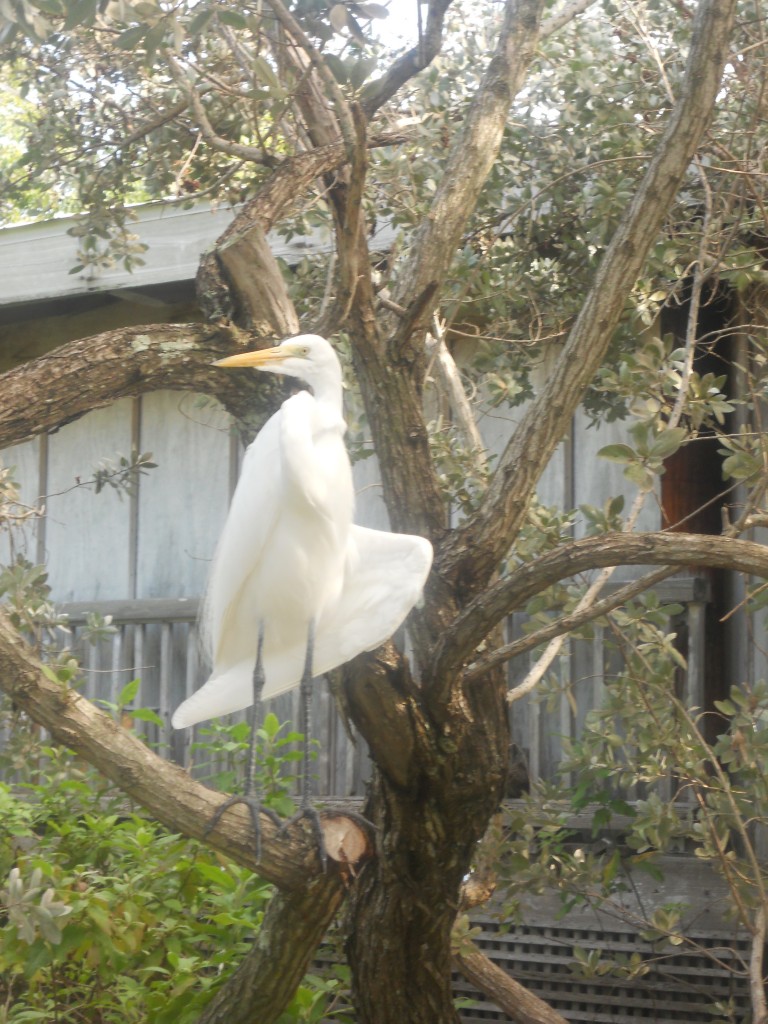
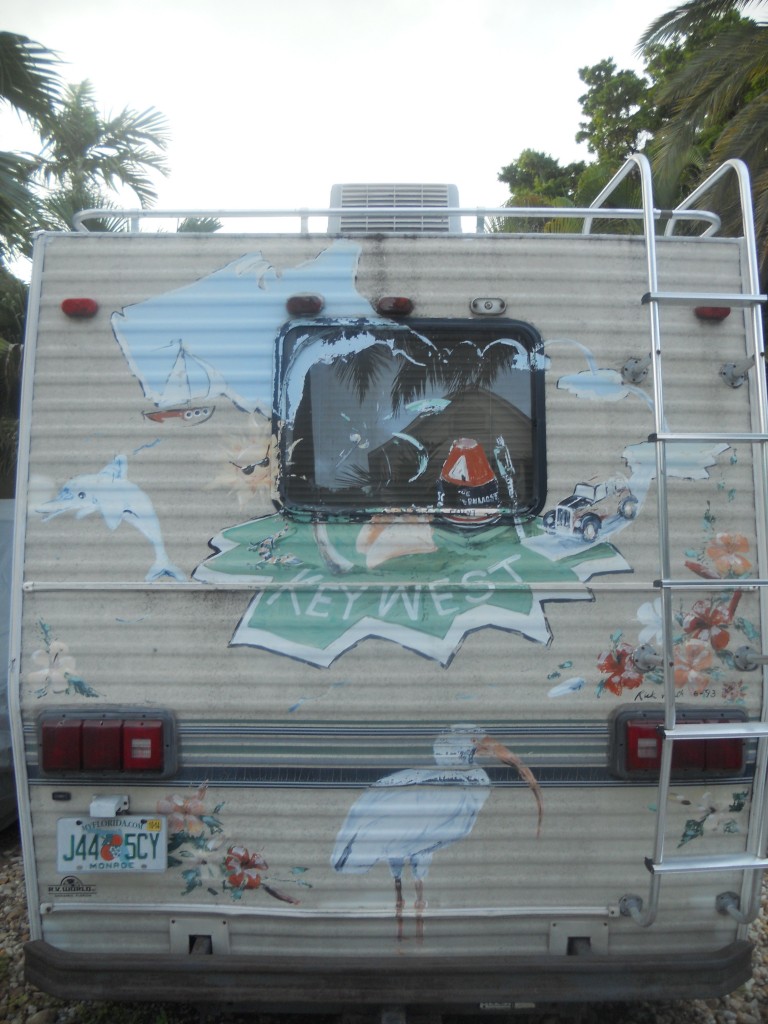

Leave a Response